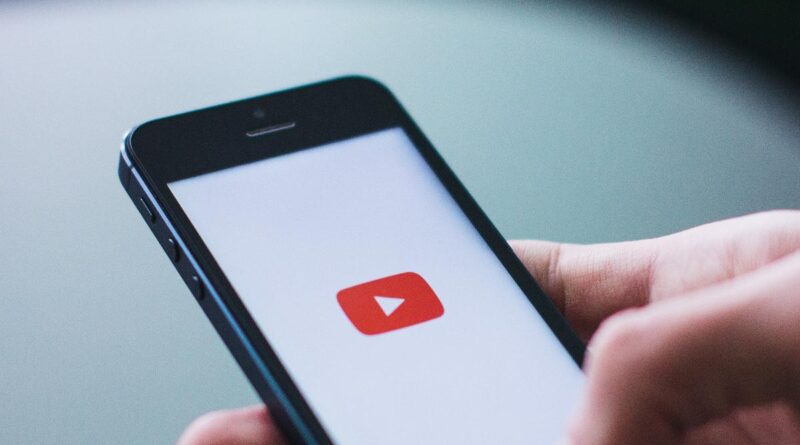Application of Technology in Digital Era Education
Technology advancements have undoubtedly played a more critical role in the digital era than in previous generations. This fact has given today’s generation a much higher level of technological literacy. This increase in literacy coupled with recent technological improvements has resulted in the expansion of technology in education. Different generations come into class today, from millennials to Gen-Z, sharing unique generation-defining characteristics.
Learners are able to learn at increasingly faster rates thanks to newer technology making its way into classrooms. The emerging technology being applied to digital era education includes:
-
Cloud computing Technology
This refers to internet-based computing, where information, software, and shared resources are delivered as a service that smart devices can access. This technology is already in education extensively, with free and low-cost services being used by learners and educators to support learning. The services also support social interaction, collaboration, publishing, and content creation. These services include Google Apps, Massive Open Online Courses (MOOC), Twitter, YouTube, Open Educational Resources (OER), and Dropbox.
-
Mobile Technology
This involves using mobile devices to improve teaching and learning, including connectivity for downloading, uploading, or online working through mobile or wireless networks. The main devices for connectivity typically include smartphones, PDA’s, tablets, wireless laptops, mini-notebooks, MP3 and MP4 players, and others.
Mobile technology is one of the effective contemporary technologies aiding learning in the real world. It offers two significant advantages: location flexibility and time flexibility. An example is the adoption of the IPL bet app that has educated many on bet-related activities through the amazing features it offers.
-
Virtual Reality
This technology reflects the current education trend toward more credible online education. Virtual reality is not a new concept, only recently broadened; it uses tools like VR goggles to represent an artificial environment. Using 3D images, sounds, and other stimuli, virtual reality gives the impression of immersing in a virtual world. Several studies have suggested that this technology can replicate the classroom learning environment.
-
MOOCs
Massive Online Open Courses are already making waves in the education environment; they are platforms where anyone can enroll for classes. The courses on MOOCs are free, making the platform widespread among learners and academicians worldwide. These are like university-level courses offered online with many benefits, including the opportunity for enrollers to develop their creative and critical thinking.
-
Game-Based Learning
This technology has expanded beyond integrating online games into learning. Games help simulate real-world experiences, and they are very effective in scaffolding concepts. They also aid learners in enhancing learning and acquiring new knowledge through multiple intelligences. Some gamified learning means students engage in are Kahoot, Socrative, Quizlet, and more.
Conclusion
The new generation is undoubtedly challenging the traditional education paradigm, and it is doing so with the introduction of sophisticated technology. Hence, educators have to devise new learning activities that align with the new generations’ learning styles and expectations to accommodate learning. As a betting enthusiast in India, one of the ways to learn about a variety of games is to get the Parimatch app. Live updates, game analysis, bet suggestions are all available on the app.
